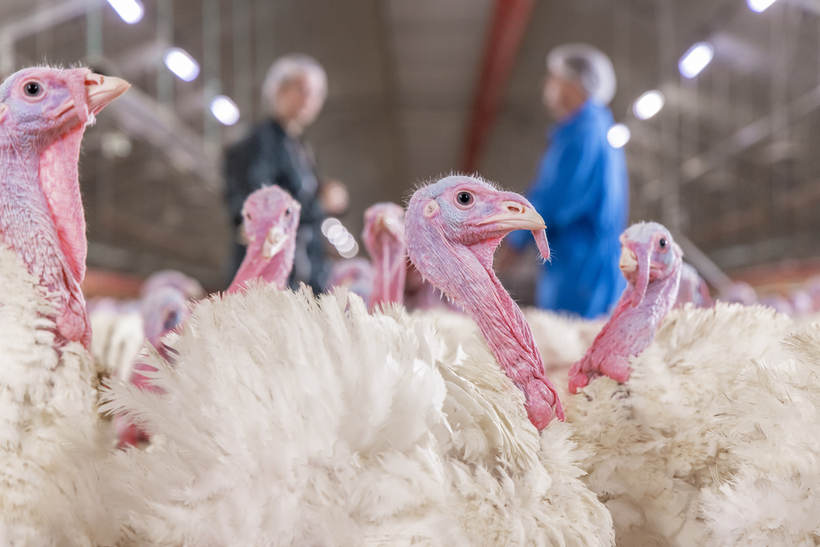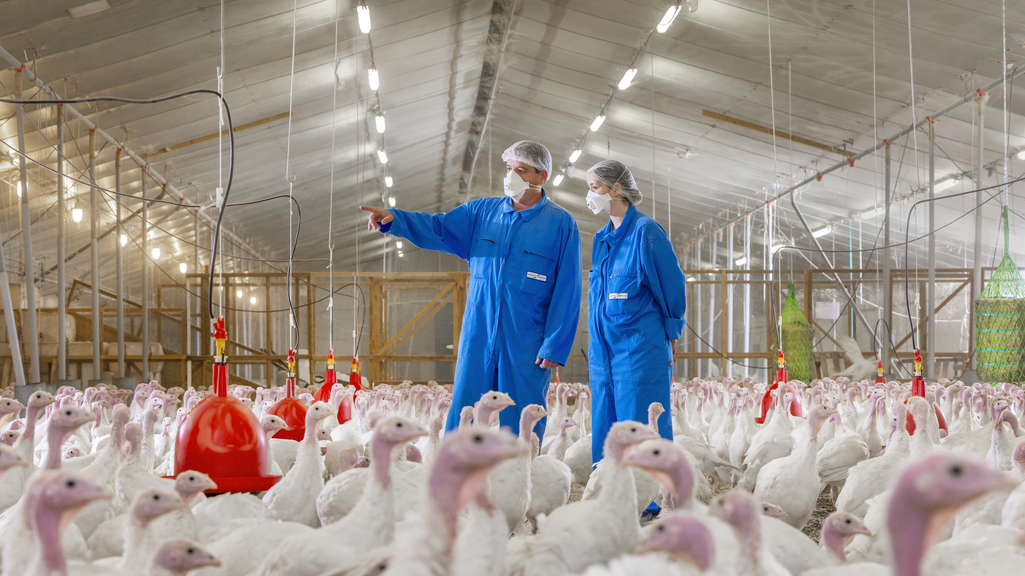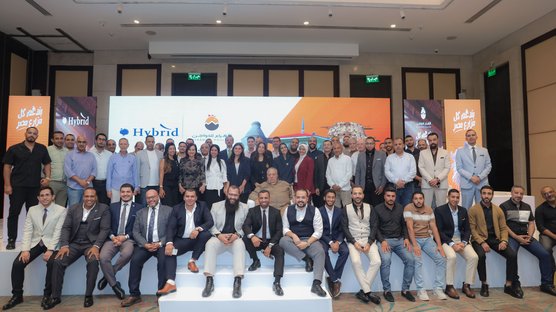
Published on April 29, 2025
Turning Data into Performance: How Analytics Drive Turkey Genetic Progress
You’ve heard it before: “You can’t manage what you don’t measure.” In the turkey industry, this is more relevant than ever. Data collection and analysis are critical tools to enhance flock performance, identify opportunities, and guide future genetic improvement.
For turkey growers, data analysis offers a valuable opportunity to benchmark their performance against other farmers. They can see how they compare to others in the market, spot what’s working well, and find new ways to get more value from their flocks.
At every level of production, from breeder farms to processing plants, data helps us understand how turkeys perform in different environments. It allows us to refine our technical advice, update production standards, and look at market needs. When done right, data analysis transforms numbers into meaningful action.
What Is “Big Data” in Turkey Production?
“Big Data” refers to the large amount of information collected from various sources including barn sensors or devices as well as hatcheries and slaughterhouses. Just like Google Maps uses driver data to predict traffic flows, we can use on-farm and post-farm data to optimize turkey performance.
This data includes:
- Temperature, water, and feed intake
- Body weights and growth trends
- Hatchery results
- Slaughterhouse metrics
But data alone isn’t enough. To be useful, we assess:
- Volume: How much data is collected?
- Veracity: Is the data accurate and reliable?
- Value: What insights can we extract?
By connecting data points across the full production chain—from breeders to processing—we can unlock a holistic view of turkey performance.

Data Analysis
Data analysis refers to the steps taken to use data in an efficient way. Among all these actions, we can mention inspection, cleaning transforming and finally modeling. The last one is crucial from a production and primary breeder perspective because it supports decision-making.
The process generally involves several steps using breeder and customer data:

How We Use the Data
Internal breeder flocks’ data are regularly collected and analyzed for production and breeding purposes to align genetic projections and direction for each of our products. The breeder data is also benchmarked with PS customers data to give us a wider view of production capacity of our turkeys.
We then analyze customer data including information from hatcheries, production farms and slaughterhouses from different countries and companies. We have collected data from customers since 2013 to analyze products and market trends.
Currently, our database is consistent with 5 different countries in EMEA (Europe, Middle East and Africa) that share flock performance. This database represents more than 2000 flocks per year which correspond to more than 20 million birds placed at day-old. This is the largest data set we use—every flock is tracked individually and anonymized for protection.
Benchmarking: Turning Insights into Action
Benchmarking allows customers to understand how their performance stacks up against others. For example, one customer in Europe was underperforming in ADG compared to their peers. However, their feed conversion and livability were strong.
After reviewing the data together, we helped them improve their toms' ADG from 112.7 g/day (2022) to 115 g/day (2024)—a 2% increase. Feed conversion improved by 3% (2.61 to 2.54), and livability rose from 91.6% to 94.7%.
The Bottom Line
Data is more than just numbers—it’s a roadmap for better performance. With accurate, high-quality, and well-structured data, we can support genetic improvement, address field challenges, and deliver better results for our customers. At the heart of it all is one goal: supporting a stronger, more efficient turkey industry for all.
Do you have questions on how to submit your data and harness potential insights?



